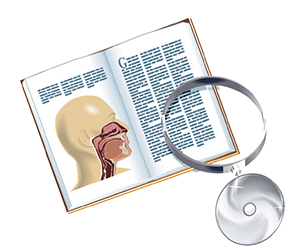Explore This Issue
February 2014
Background
Laser procedures can produce a copious and complex aerosol or plume, the content and dangers of which have been questioned and investigated. Specifically, the potential for human papillomavirus (HPV) transmission from patient to surgeon via the inhalation of, or contact with, laser plume has been investigated for the past 20 years. Contradictory findings and the lack of an HPV infectivity assay have made it difficult to quantify the danger of HPV transmission via this route. With an estimated 500,000 healthcare workers exposed annually, the identification of HPV DNA in squamous cell carcinomas of the head and neck, and the increasing popularity of transoral laser procedures to treat these tumors, we asked the question: how safe are surgical personnel with regard to risk of HPV infection?
Best Practice
Despite the ability to disperse HPV DNA in laser plume, the evidence suggests that the risk of transmittal of HPV to surgeons and the development of clinically active infection appears to be low. Commercially available filters and masks for use in laser surgery will not afford protection against exposure to HPV, but evacuation of plume from the surgical field is likely an effective strategy to prevent viral contamination. As the use of office-based laser systems and transoral laser procedures increases, the risk to personnel and patients will require more scrutiny. Read the full article in The Laryngoscope.
Leave a Reply